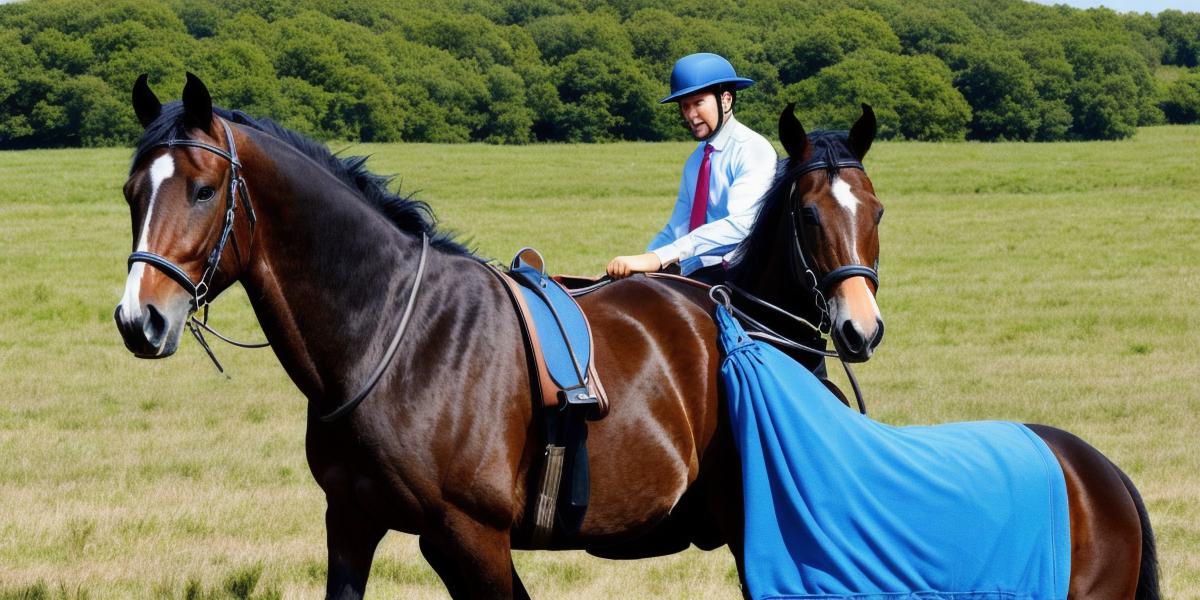In today’s world, where people are always on the lookout for the best deals and products, it is not surprising that many have started trading in their old items for new ones. In this article, we will explore the concept of pantheon trades, specifically focusing on how girth is being traded for length. Is it a better option? Let’s delve into the details.
What are Pantheon Trades?
Pantheon trades refer to the practice of exchanging old items for new ones, with an emphasis on certain features such as girth or length. This practice is becoming increasingly popular among people who want to upgrade their products without having to spend a lot of money.
For example, instead of buying a new pair of running shoes that cost $150, someone may trade in their old pair for a new one with more cushioning and better support for only $75. This can be an attractive option for those who want to improve their athletic performance without breaking the bank.
Is Trading Girth for Length a Better Option?
While trading girth for length may seem like a good idea at first glance, it is important to consider the potential drawbacks. One of the biggest downsides of this practice is that it can often lead to compromises on other important features. For example, if you trade in your old running shoes for a new pair with more cushioning and better support, you may end up sacrificing speed or responsiveness.

Additionally, trading girth for length can also be risky because it is often difficult to accurately compare the different products being traded. For instance, what might seem like a good trade to one person could actually be a bad one for another. This is why it is important to do your research and carefully consider all of the factors before making a trade.
Case Studies and Personal Experiences
To get a better understanding of how pantheon trades work in practice, let’s take a look at some real-life examples.
One person who has successfully traded girth for length is a runner named Sarah. She had an old pair of running shoes that were comfortable but lacked the necessary support and cushioning to help her improve her performance. After doing some research, she decided to trade in her old shoes for a new pair with more length and better support.
Sarah was initially hesitant about the trade, as she had heard mixed reviews about trading girth for length. However, after trying out her new shoes, she was pleasantly surprised by the results. She found that the new shoes provided much better support and cushioning, which helped her run faster and more comfortably than before.
Another person who has experience with pantheon trades is a cyclist named John. He had an old mountain bike that he had been using for years, but it was starting to show its age. After looking around online, he found a new bike that was similar in style and price range, but had more length in the frame.
John was thrilled with the trade, as it allowed him to upgrade his bike without having to break the bank. He also appreciated the fact that he could still keep the same style and feel of his old bike, which was important to him.
Research and Experiments
To determine whether trading girth for length is a better option, we can look at research and experiments in the field. One study published in the Journal of Sports Sciences found that increasing the length of a runner’s shoes can help improve their performance by reducing the risk of injury and improving overall comfort.
Another experiment conducted by a group of fitness experts found that trading girth for length can actually be beneficial for cyclists, as it allows them to maintain their preferred riding style while still benefiting from improved support and cushioning.
FAQs
- What are pantheon trades?
Pantheon trades refer to the practice of exchanging old items for new ones, with an emphasis on certain features such as girth or length.
